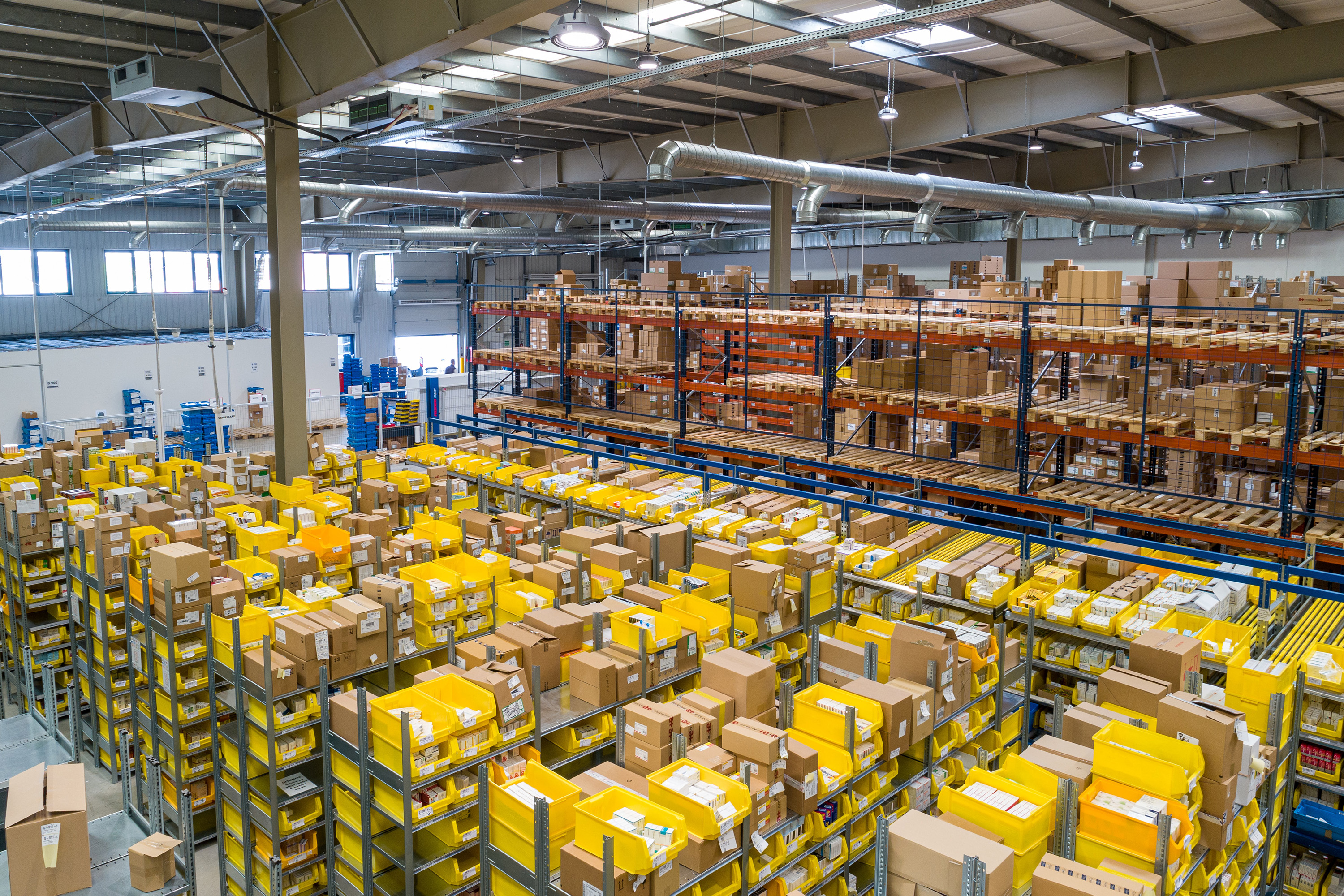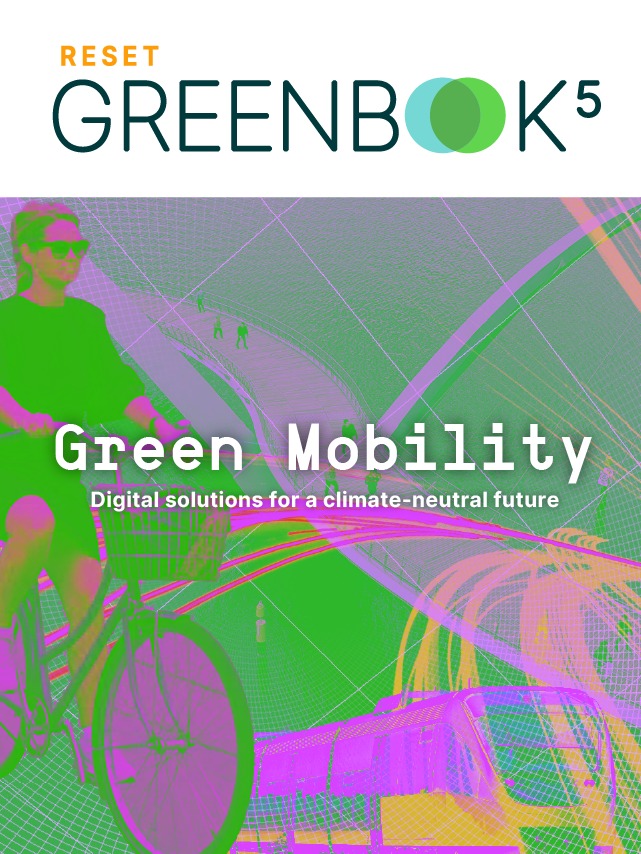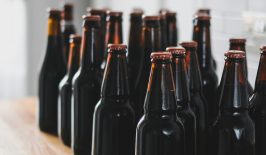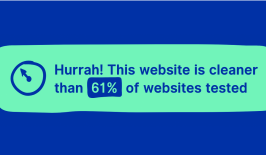Although online retail in Germany saw a decline in profit figures for the first time in 2023, online shopping remains popular. In 2022, 13.4 percent of purchases were made via smartphone, tablet or PC — generating potentially higher emissions, more waste and denser traffic than would be the case when compared to ‘in person’ shopping.
The now widespread offers of express or immediate shipping, repeated failed delivery attempts and returns massively increase the carbon footprint of online shopping. However, with a little consideration, this convenience could be made much more sustainable. Online shopping is not necessarily more harmful to the environment than retail shopping, and it could be significantly less so.
How can consumers make their online shopping behaviour more sustainable?
Germany is the leader in returns
One of the biggest problems of sustainability in online trade is the return of purchased items. In a European comparison, Germany is the country where the most goods are returned. One of the reasons for this is that returns are usually offered free of charge and without red tape. What is convenient for consumers, however, doesn’t only cause additional delivery routes and new packaging costs. Returns are often not reprocessed and resold at all.
According to Zalando, Europe’s largest online fashion retailer, half of its 250 million orders were returned in 2021. The company does not charge for returns and advertises on its homepage that 97 percent of returned clothes are resold. However, research by the SWR format Vollbild showed that returned goods at Zalando were only sold to wholesalers after extremely long delivery routes throughout Europe. Ten garments, which were equipped with a GPS tracker for the research, travelled a total of 29,000 kilometres after being returned to Zalando by the researchers.
Returning goods can be avoided simply by refraining from ordering garments in several sizes to try on. More and more fashion retailers on the internet are also offering assistance in selecting the right sizes. The start-up Presize, for example, uses artificial intelligence to predict the right size for customers when choosing a product. The data comes not only from patterns, but also from the experiences and measurements of real customers who have already worn the respective product.
Find sustainable products on the internet
In addition to finding suitable products, there are also tools on the internet to check the sustainability of products. As well as specialised online shops with a focus on sustainable products, it is seals such as the Blue Angel, the organic seal for food or the EU energy label for electrical appliances that consumers can use to reliably check products for their sustainability.
Especially in the case of electronics and clothing, buying second hand is a great option. The purchase of second-hand or refurbished products usually comes with an extended warranty and is particularly efficient in limiting the use of resources that is neccessary for the production of new goods. Specialised online shops for refurbished goods typically also offer a wide range of products as well as detailed information and precise illustrations of defects or signs of wear and tear. Prices are usually significantly lower, too.
Designing delivery routes as efficiently as possible
Transport routes are another area where online retailing runs the risk of being less sustainable than retail shopping. Yet the delivery of parcels is sometimes even more sustainable than the journey by car into the city centre. On the one hand, delivery vehicles can have capacity utilisation. On the other, DHL already offers CO2-free deliveries in 50 percent of its delivery districts.
Green Mobility – Digital solutions for a climate-neutral future
Autonomous vehicles, e-mobility, AI-controlled traffic planning, new modes for moving from A to B — what will the mobility of tomorrow look like?
We present the digital solutions being proposed for climate-neutral transport and logistics and discuss the new challenges of “digital mobility” in this dedicated special feature.
However, the delivery of ordered goods is only efficient if they can be successfully delivered at the first attempt. In order to avoid additional transport routes due to repeated delivery attempts, shipping service providers are increasingly offering options for goods to be sent directly to post offices or other warehouses. Those who then pick up their parcels by bicycle or public transport also save emissions on their own last mile.
The renunciation of express or immediate deliveries, which enjoyed great popularity particularly during COVID, is also part of a more conscious online shopping behaviour. The desire for a shorter delivery time deprives parcel service providers of the time needed to collect parcels and sending them to the next warehouse. So, if items are needed quickly, it’s currently still better to go to the brick and mortar shop, preferably by bike or on foot.










